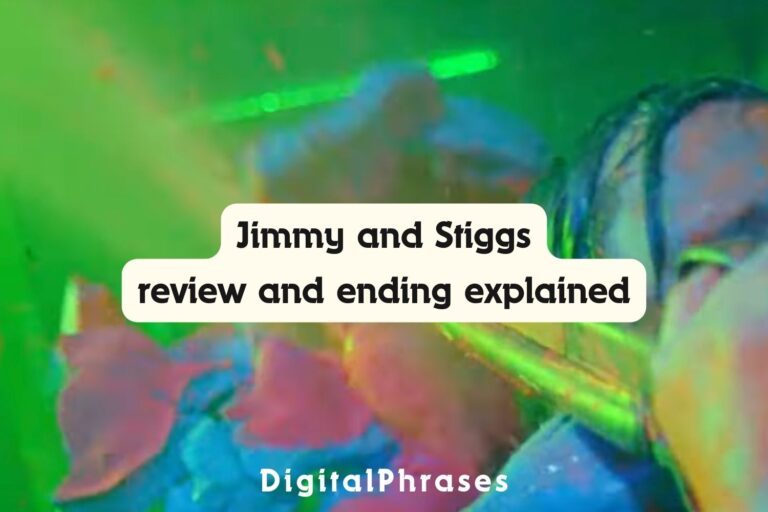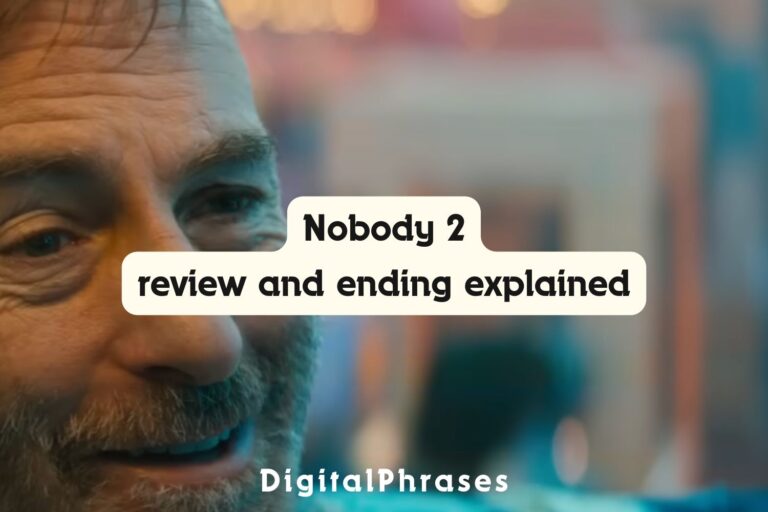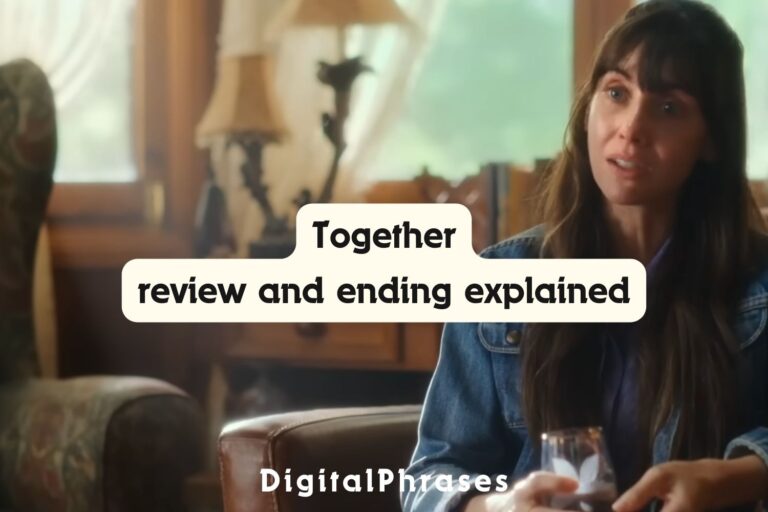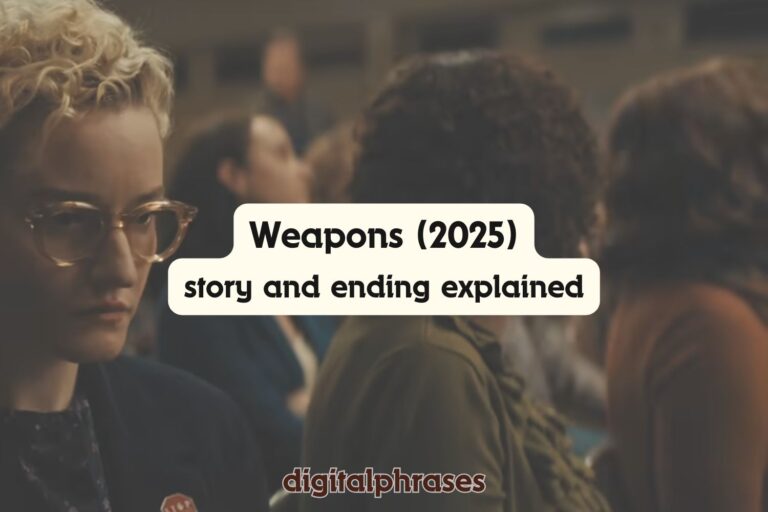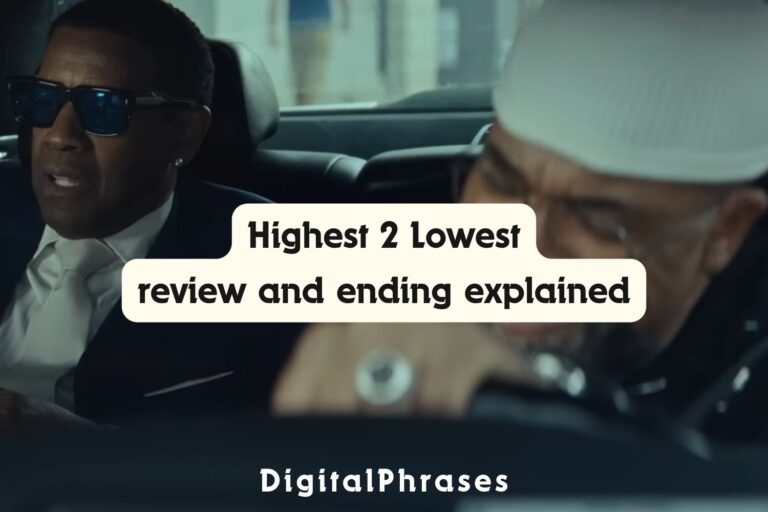The Bad Guys 2 Review and Ending Explained
If you’re a fan of slick animated capers, you probably already know The Bad Guys (2022) turned the classic heist formula into something fresh, charming, and surprisingly heartfelt. Now with The Bad Guys 2, director Pierre Perifel and screenwriters Yoni Brenner and Etan Cohen double down on that mix of chaos, comedy, and redemption—but crank it up into full-blown spy-thriller territory.
So here’s the deal: this isn’t just another animated sequel. It’s a heist movie wrapped inside a redemption arc, disguised as a superhero origin story. And the ending? Oh, it’s a twisty cocktail of betrayal, satire, and just enough sincerity to keep you invested.
Let’s dive in.
Story Recap, Synopsis, and Review
The movie kicks off five years earlier in Cairo, with the crew pulling off a gloriously over-the-top heist inside billionaire Sullivan’s fortress-like mansion. And right away, the film sets the tone—it’s not about the money, it’s about the drama. Wolf makes it clear: a heist is theater.
That ethos echoes through the whole movie, shaping every set-piece like a performance, whether it’s the balloon getaway, the bridge chase, or the absurdly dramatic confetti bombs.
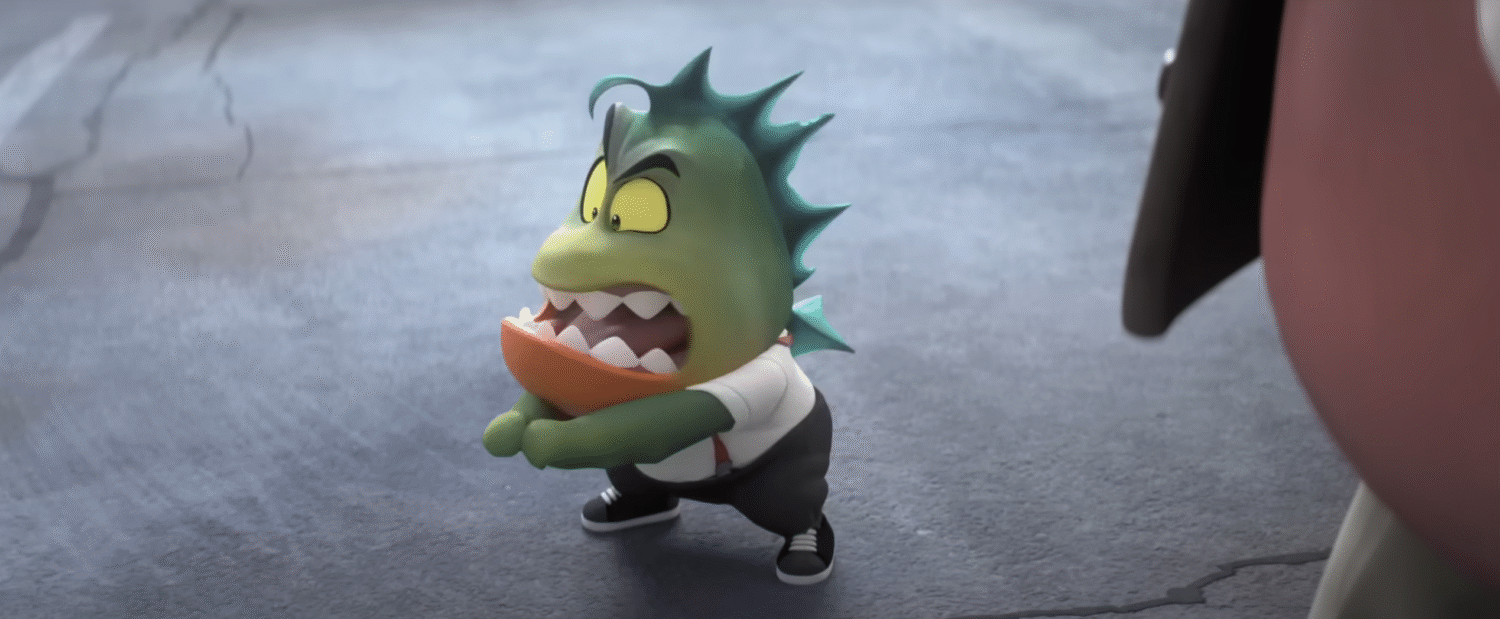
Fast forward to the present, and the crew is trying (and failing) to go straight.
These job interviews are hilarious but also cut deep: Piranha literally can’t stop farting under pressure, Tarantula blurts out “snitches don’t deserve to live” in response to a corporate ethics question, and Wolf watches his résumé get shredded in front of him. It’s both slapstick and brutally honest about how hard reformation is when society refuses to give you a second chance.
Now here’s where things get clever.
The mysterious Phantom Bandit enters the picture, ripping priceless artifacts and mimicking the Bad Guys’ calling card with confetti bombs. Suddenly, the public—and more importantly, Commissioner Grunz (the renamed Chief Luggins)—decides the crew’s back in business. This is where I think the movie hits a sweet thematic note: it doesn’t just ask can bad guys change? but also will society let them change?
If everyone already believes you’re guilty, why bother trying? That’s the existential weight on Wolf’s shoulders.
Of course, things go sideways fast. Snake, the eternal skeptic, suddenly turns into a suspiciously positive guy with a girlfriend, Susan. Except “Susan” isn’t Susan—it’s Shadow, part of a trio led by the actual Phantom Bandit, Kitty Cat.
And here’s the kicker: Kitty doesn’t just want their help for a big heist—she’s got blackmail material on Diane Foxington. Yup, the governor’s past as the Crimson Paw is dragged into the spotlight, and suddenly the Bad Guys’ noble attempt at reform is weaponized against them.
And I have to admit, this twist hit harder than I expected. Kitty’s whole philosophy—that people never really change and that “respect” built on fear is more lasting than respect earned—isn’t just antagonist monologuing. It’s a direct challenge to Wolf’s journey from the first film. And when Wolf pauses, clearly tempted by her worldview, you feel it.
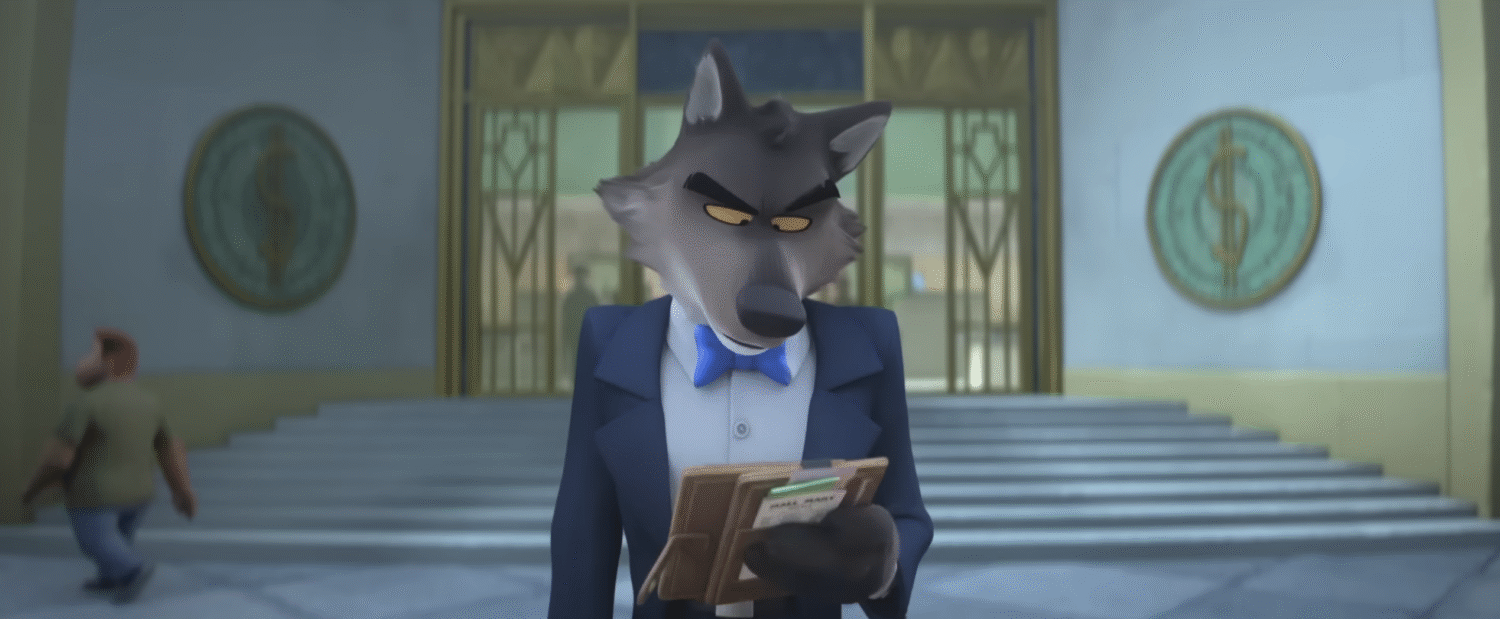
This isn’t about gold or rockets anymore; it’s about the philosophy of crime and redemption.
Speaking of rockets—because yes, this sequel takes us to space—the McGuffinite reveal is both on-the-nose and brilliantly satirical. A mineral that can turn into a giant gold magnet when electrified?
That’s the kind of pulpy nonsense this series thrives on. And honestly, it works. The idea of a literal golden storm tearing through cities is both terrifying and delightfully cartoonish, like Looney Tunes crashing into Ocean’s Eleven.
The wedding sequence deserves its own shoutout. It’s pure farce, from Wolf cross-dressing as the bride to Shark tranquilizing the actual priest. But here’s the thing: under the silliness, it’s showcasing the team’s evolution.
Wolf isn’t just improvising anymore—he’s orchestrating cons-within-cons. The “set the bait, flip the script, score the prize” breakdown is a nod to classic con films, and it’s refreshing to see the movie wink at its genre roots.
Ending Explained
Now, about that ending. Kitty launches her full-scale gold heist via the MoonX rocket, Diane gets tranquilized, Marmalade is released from prison (of course he is), and everything seems lost.
But here’s where The Bad Guys 2 subverts expectations. Instead of Wolf proving himself through sheer cleverness, the crew has to lean on trust—trust from Grunz, trust in each other, and yes, even trust in ex-enemies like Shadow and Pigtail who start questioning Kitty’s obsession.
Wolf’s showdown with Kitty is fascinating because it’s not really about strength. When he tells her that what she felt for him was fear, not respect, it lands like a thesis statement.
Fear is easy.
Respect is hard.
And that’s the point—Kitty’s trapped in the very loop the Bad Guys are trying to escape.
The rocket crash sequence blends spectacle with closure. Snake finally admits his feelings for Shadow, Diane and Wolf share their first kiss, and everyone seemingly dies in a fiery explosion. But of course, this is a heist film—appearances are everything.
The funeral is a fake-out, staged so the public can finally “accept” the Bad Guys as heroes. And that final reveal, with Grunz recruiting them into the International Supergalactic League of Protectorals, flips the whole arc on its head.
Think about it: in the first movie, they were villains pretending to be good. In this sequel, they’re reformed villains pretending to be dead so they can secretly work as agents. Identity is fluid, performance is constant, and morality is always under negotiation. That’s what makes this franchise richer than your average animated caper.
Now, let’s talk about Diane. The reveal of her Crimson Paw past going public could’ve been devastating—but the movie handles it with nuance. She loses her governorship, but it frees her from the constraints of respectability politics.
When she kisses Wolf in space and admits she can “bend the rules now,” it’s a character payoff that’s been brewing since the first film. She’s not just a love interest—she’s a mirror for Wolf, someone who’s already walked the road from villainy to heroism and knows how messy it is.
So, what’s the takeaway? For me, it’s that The Bad Guys 2 isn’t really about whether people can change. It’s about how the world responds when they try.
Kitty embodies cynicism—change is impossible, people will always define you by your worst act. Wolf and his crew embody hope—the messy, often hilarious, but vital belief that change is worth chasing even if it never fully sticks.
And in true heist movie fashion, the ending leaves you with a smirk. The Bad Guys are now secret agents, yes—but they’re still who they are: a crew of misfits who thrive on drama, disguise, and chaos. Reform hasn’t erased their nature—it’s redirected it.

And honestly?
That feels like the most honest conclusion of all.
So yeah, for cinephiles looking at this through a genre lens, The Bad Guys 2 is more than just an animated romp. It’s a meta-commentary on the performance of identity in crime cinema, from noir antiheroes to Ocean’s slick tricksters. And it leaves just enough room for a sequel that could push them deeper into that double-life territory—criminals turned agents still haunted by their past.
If you ask me, that’s the perfect sweet spot. Respect over fear, redemption over reputation, and a heist movie that knows it’s really about masks—literal and metaphorical.


